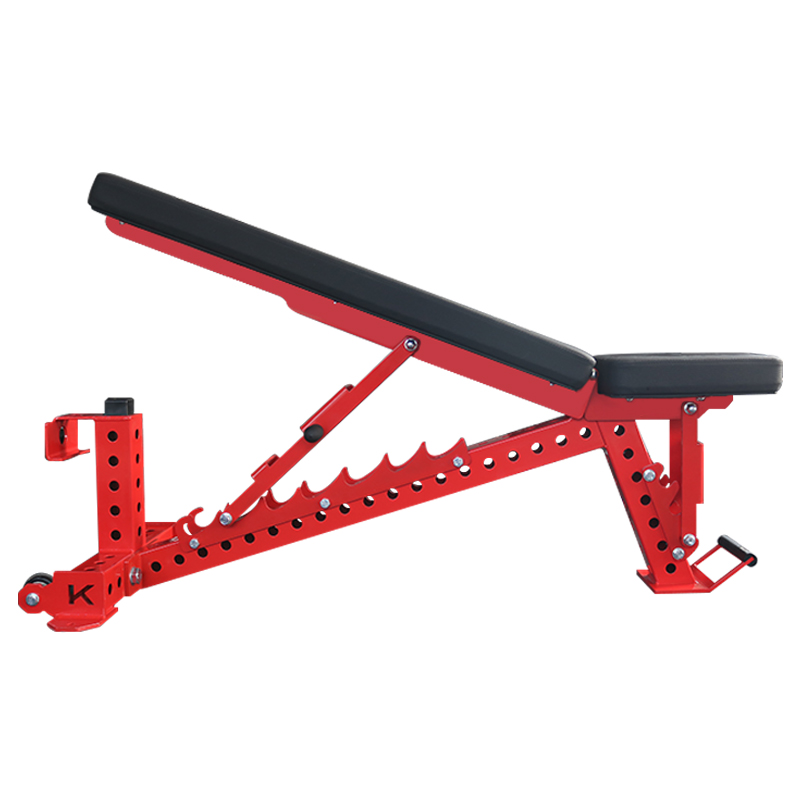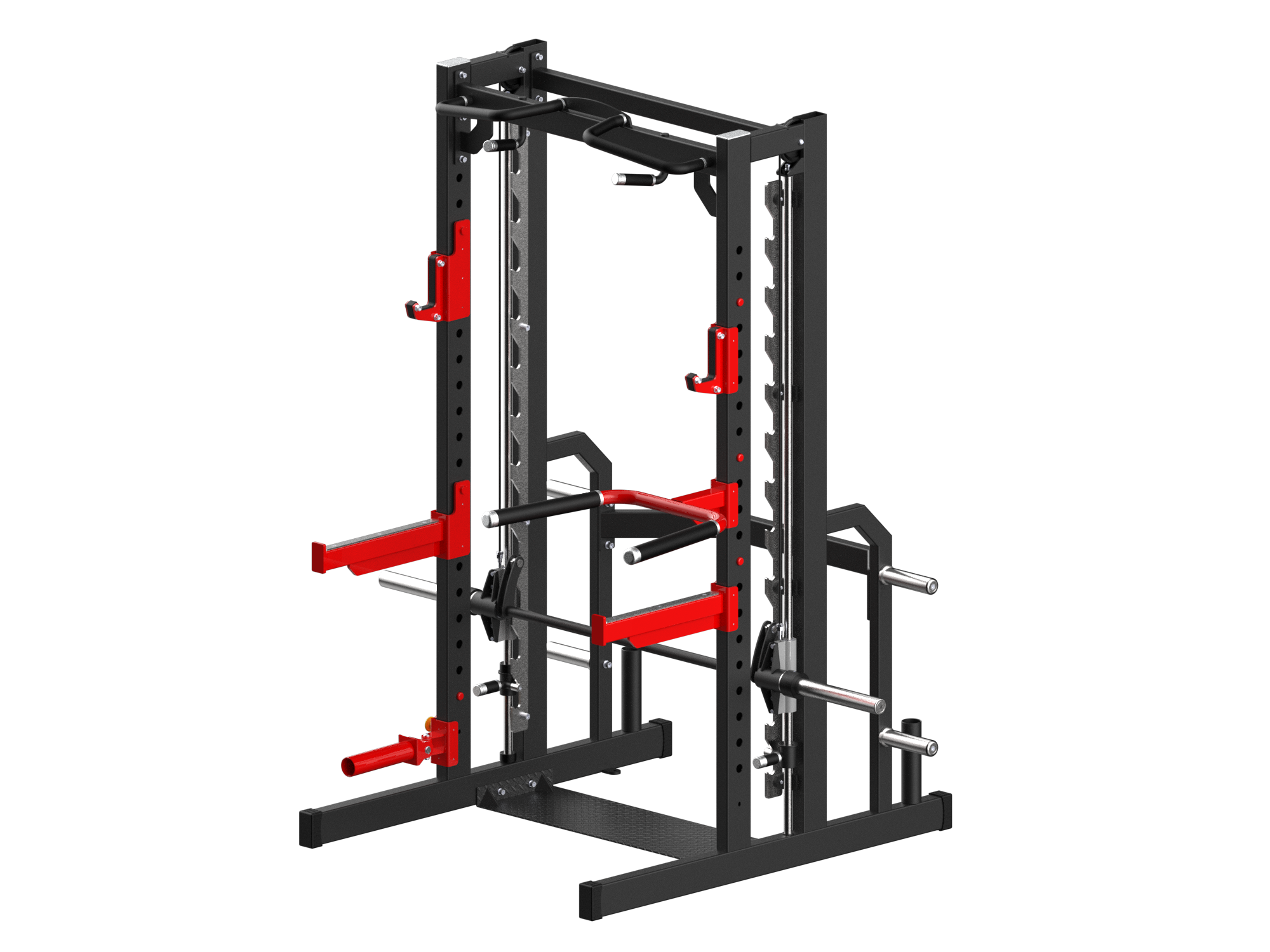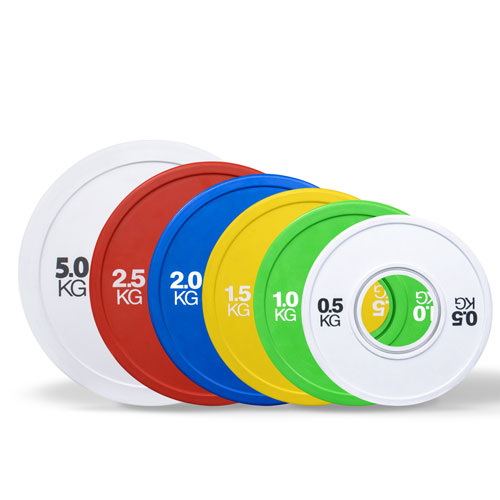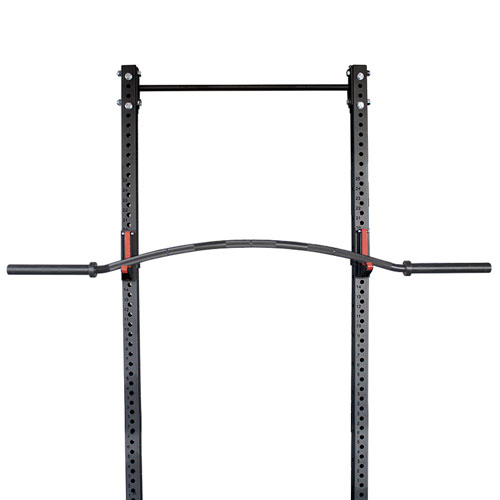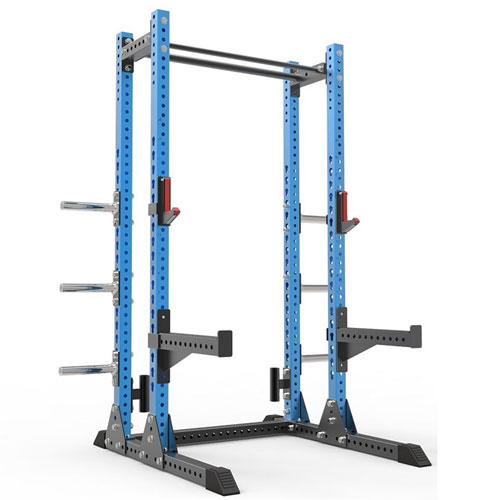5 exercícios para melhorar a sua postura e reduzir a dor
Os seres humanos foram feitos para se mexerem. Fomos feitos para nos mantermos direitos. Fomos feitos para andar de cabeça erguida.
Mas algures ao longo deste percurso evolutivo, alguém pôs um computador na mesa à nossa frente e um telefone nas nossas mãos. E começámos a passar horas curvados. O nosso queixo, outrora a uma distância razoável da garganta, começou a inclinar-se para dentro. Os nossos ombros estão descaídos, os nossos passos baralhados.
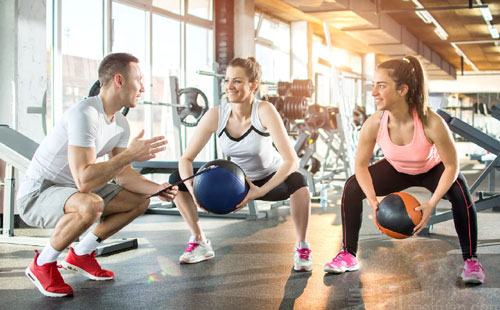
Quando a nossa cabeça - que pesa cerca de 10 quilos - se inclina para a frente, isso aumenta a pressão sobre a coluna vertebral em até 60 quilos. Não admira que muitos de nós estejam a sofrer de perda de massa muscular, má postura e maior risco de lesões. Os fisiologistas chamam a esta situação o Síndroma do Cruzamento das Partes Superior e Inferior.
As aulas de Orangetheory Fitness, claro, podem ajudar a compensar estes e muitos outros incómodos dos tempos modernos. A chave é levar o ímpeto desses 60 minutos para o resto da sua vida.
Isso significa fazer do movimento uma prioridade ao longo do dia, tal como planear refeições saudáveis e passar tempo com os entes queridos. Se o fizer, sentir-se-á melhor e terá mais energia para as tarefas diárias.
Aaron Santiso, fisioterapeuta e membro do conselho consultivo médico da Orangetheory, propõe estas rotinas de alongamentos para ajudar a manter-nos fortes, alinhados e de pé ao longo do dia. Alguns alongamentos que ele recomenda são tão fáceis que pode pensar: "Como é que isto pode ajudar?" Confie na ciência. Ajuda mesmo.
The name: Upper trapezius stretch
The target: The muscles in your upper back that help you raise your arms.
The reason: When you lift your arms, one shoulder may seem higher than the other. “Your body may be compensating during this movement pattern due to a muscular imbalance and weakness inside your shoulder,” Aaron says.
The method: Sit tall on a chair, grasping the edge of the seat with your right hand. Slowly bend your neck toward your left shoulder, using your left hand to direct your head. Be sure to keep your right shoulder pressed down. Stop when you feel a comfortable pull on the right side of your neck. Hold for 20 seconds; return to starting position and repeat on the left side. Aim for five stretches on each side, whenever you feel the need.
The name: Levator scapulae stretch
The target: If you know even pidgin Latin, you can translate this as raising the scapula — the shoulder blade, the bone that connects the upper arm and the collarbone.
The reason: Like the previous exercise, this helps keep your neck from taking over movements designed for your shoulders.
The method: Again, sit tall in a chair, holding onto the right side of the seat with your right hand. With your left hand on top of your head, tilt your chin toward your left armpit. Keep your posture straight, stopping when you feel a comfortable pull in the back of your neck. Repeat on the left side, holding each stretch for 20 seconds, for a total of five times on each side.
The name: Open-clam exercise
The target: This especially helps alleviate Upper Crossed Syndrome, which is discomfort in the neck, shoulders, chest, mid-back, elbows and wrists. It starts when we hunch over our computers and follows us into the gym, causing poor form and leading to more discomfort.
The reason: Who wants rounded shoulders, a collapsed chest, and a chin that juts out? Do this exercise two or three times a week to bring your center of gravity in line with your body.
The method: Lie on your side, knees bent at 90 degrees. Rest your head on one arm; with the other, hold your hip to keep from rolling your body. Lift your top knee an inch into the air, lower, and repeat. This targets the gluteus muscle, which helps stabilize knees, lower back and pelvis. Aim for four sets of 25 to 35 reps on each side, three or four times a week.
The name: Sideline external rotation
The target: Your shoulders and neck, so you can stand and sit tall without slouching.
The reason: Who wants bad posture? (We’re not seeing any hands being raised here!)
The method: Lie on the floor on your right side, supporting your head with your right hand or with a couple of pillows. With your left elbow at a 90-degree angle, hold a weight no heavier than five pounds in your right hand (any heavier and it could negatively affect your rotator cuff).
Levante lentamente o haltere até um pouco acima da altura do cotovelo, mantendo esse ângulo de 90 graus e mantendo o haltere paralelo ao chão. Faça isto 15 a 25 vezes; repita do outro lado. O objetivo é fazer este exercício três a quatro vezes por semana.
The name: Hip flexor stretch
The target: The muscles basically responsible for lifting your legs and knees toward your body.
The reason: This counteracts the stiffness that develops when we sit too much, which the average American does for 13 hours a day. Sitting shortens these muscles and can bring about lower back pain, so stretching them is imperative.
The method: Start in a kneeling lunge position, right knee bent at a 90-degree angle over the ankle, left knee on the ground, weight evenly distributed to both legs. Draw in your navel. With hands on your hips, slowly move your body forward till you start to feel a stretch in your left leg.
Para um alongamento mais profundo, levante o braço do lado que está a ser alongado e rode o corpo para esse lado. Mantenha durante 30 segundos; repita do outro lado. Esta é uma série; faça mais quatro, apertando os glúteos de cada lado que está a ser alongado. Tente fazer disto um hábito diário.
Aqui ficam mais algumas dicas para se manter em movimento (para além dos treinos Orangetheory, claro), mesmo que trabalhe num escritório e passe a maior parte do dia sentado. Achou-as úteis? Por favor, partilhe; afinal, estamos todos juntos nesta coisa do movimento.
1. Utilizar a casa de banho de outro piso.
2. Faça flexões de bancada ou mergulhos de tríceps enquanto espera que o seu café aqueça.
3. A cada 30 minutos, levante-se. Depois, sente-se. Em seguida, levante-se a meio; mantenha-se de pé durante 10 segundos, depois levante-se até ao fim. Volte a sentar-se. Lembre-se de que cada momento se soma.
4. Quando se sentar, levante os dois pés do chão. Mantenha-se assim durante 10 segundos, ou 15, ou 30. Repita ao longo do dia.
5. Saia à rua sempre que puder. Mesmo apenas alguns minutos ao ar livre podem baixar a sua tensão arterial e fazer maravilhas pelo seu humor.
6. Mantenha uma bola na sua secretária. De vez em quando, coloque-a entre os tornozelos. Endireite as pernas; mantenha-as assim durante alguns segundos e depois dobre-as.
7. Hidratar. Nunca esteja sem a sua garrafa de água. Encha a garrafa num piso diferente, dando dois passos de cada vez.

